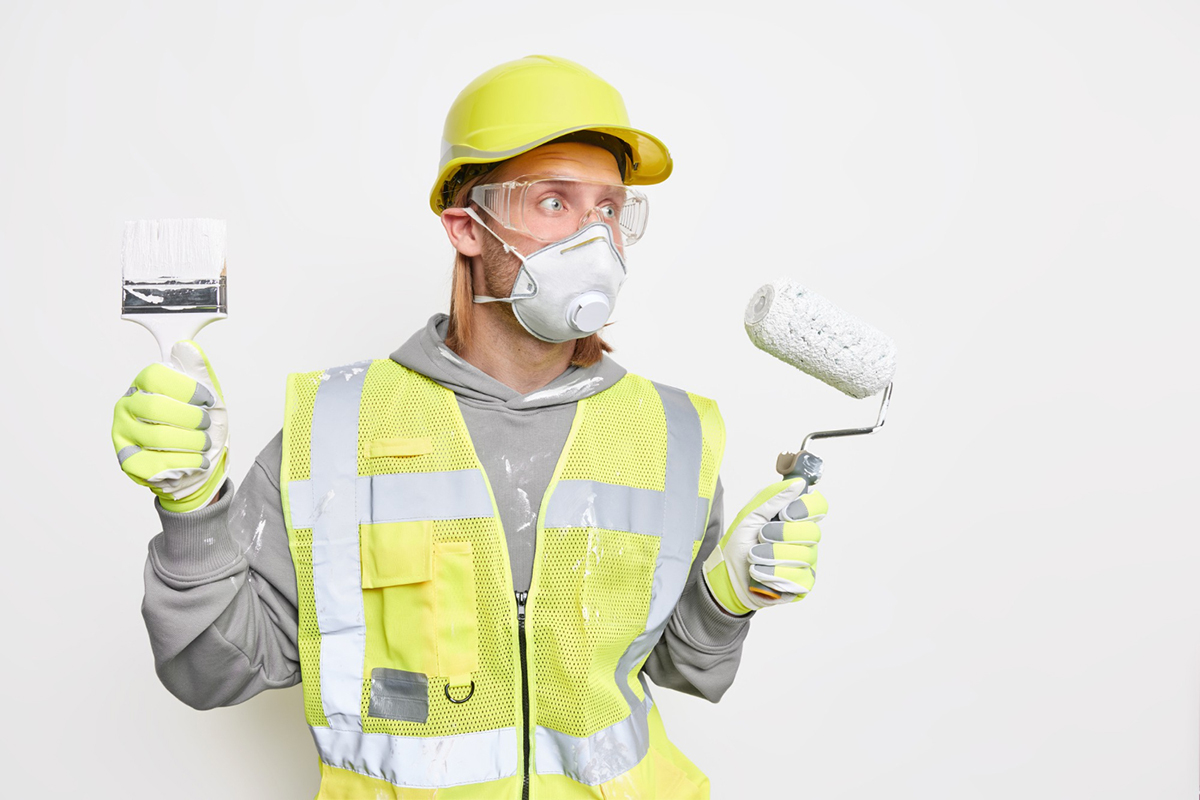What Are the Safety Requirements for Your Commercial Painting Project?

Commercial painting is a serious business, and it requires a lot of expertise, knowledge, and skill. However, it also entails some level of risk that needs to be managed and controlled. To ensure that your commercial painting project is safe for everyone involved, it’s essential to follow some safety requirements. Here, you’ll learn about these safety requirements, why they matter, and how you can adhere to them.
Protective Clothing for Everyone Involved.
One of the most crucial safety requirements for any commercial painting project is the use of protective clothing. All people involved in the project, including contractors, painters, and other staff, should wear appropriate safety gear. These could include gloves, goggles, respirators, hard hats, and safety harnesses when working from heights.
Ventilation.
Another essential safety requirement for commercial painting is adequate ventilation. It's crucial to ensure that the painting area is well-ventilated to prevent the accumulation of toxic fumes. You can achieve this by opening windows, using exhaust fans, or wearing respirators. Proper ventilation also helps to minimize the risk of fire and explosion, which can be disastrous.
Proper Storage of Materials.
Storing paint, solvents, and other materials is also an important safety requirement for a commercial painting project. You should store these materials in a cool, dry, and secure place, away from sources of heat or open flames. Also, make sure you dispose of hazardous materials properly.
Training and Certification.
Hiring professional painting contractors who have been trained and certified is another critical safety requirement for any commercial painting project. And, if you are in Orlando, Lakestone Painting can give you that assurance of safe and quality painting service. Proper training and certification ensure that the contractors have the knowledge and skills to adhere to the safety requirements and standards of the painting industry.
Follow OSHA Standards.
The Occupational Safety and Health Administration (OSHA) is responsible for setting safety standards for different industries, including the painting industry. It's crucial to adhere to OSHA's safety standards and regulations to ensure a safe working environment. OSHA standards are often updated, so it's essential to keep up-to-date with the latest changes to ensure continued safety.
Conclusion
In conclusion, safety should be a top priority for your commercial painting project. Following these safety requirements will help minimize safety risks and ensure that everyone involved in the project is safe. Contact Lakestone Painting to get expert painting services from professional and certified painting contractors in Orlando. Let’s paint your commercial space the right and safe way!